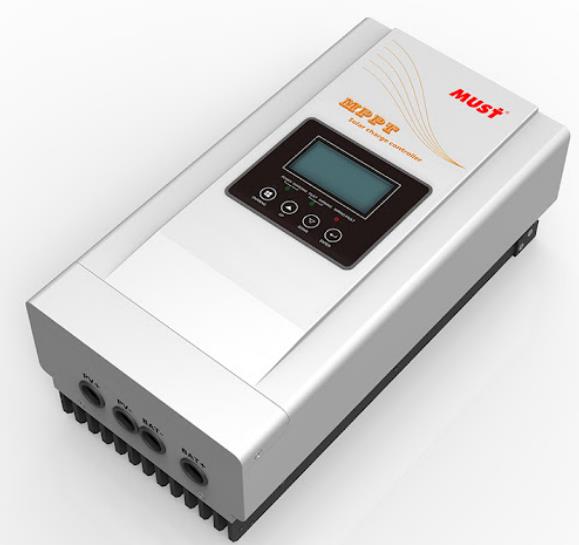Must Charge Controllers Be Mounted for Optimal Performance?
In the realm of solar energy systems, the charge controller serves as a critical component, managing the flow of electricity from the solar panels to the battery bank and ensuring that batteries are charged efficiently and safely. The question of whether charge controllers must be mounted to achieve optimal performance is one that encompasses considerations of safety, efficiency, and longevity of the system. Let's explore the aspects that influence the mounting of charge controllers and how it impacts their performance.

Understanding Charge Controller Functionality
A charge controller's primary role is to regulate voltage and current, preventing batteries from overcharging, which can lead to reduced battery life and potential safety hazards. Charge controllers come in two main types: PWM (Pulse Width Modulation) and MPPT (Maximum Power Point Tracking), each with its own set of installation and operational guidelines.
Ventilation and Cooling
Proper Ventilation Is Crucial: Charge controllers, especially MPPT models, can generate a significant amount of heat during operation. Mounting the charge controller in a manner that allows for adequate air circulation is essential to prevent overheating, ensuring the device operates within its thermal limits for optimal efficiency and longevity.
Accessibility and Safety
Ease of Monitoring and Maintenance: Mounting the charge controller at a convenient height and location facilitates easier monitoring of its displays and indicators, as well as routine maintenance. This accessibility is vital for quickly addressing any issues that may arise, ensuring the solar power system continues to operate efficiently.
Safety Considerations: Properly mounting the charge controller also contributes to overall system safety. A securely mounted controller minimizes the risk of accidental disconnections or damage. Furthermore, it helps in maintaining an organized and clutter-free installation, reducing the chance of electrical hazards.
Protection from Environmental Factors
Charge controllers are sensitive to environmental conditions. Mounting them in a location that protects against dust, moisture, and direct sunlight helps in preserving their functionality and preventing premature failure. An indoor installation, or within a protective enclosure if outdoors, is often recommended.
Compliance with Installation Standards
Following manufacturer guidelines and industry standards is crucial when installing a charge controller. Manufacturers provide specific instructions on how to mount their devices correctly, which, if followed, ensure the system's optimal performance and compliance with warranty requirements.
Charge Controllers Must Be Mounted: Conclusion
While the fundamental operation of a charge controller does not depend on its being mounted, optimal performance, safety, longevity, and compliance with standards do necessitate proper mounting. Ensuring good ventilation, ease of access for monitoring and maintenance, protection from environmental factors, and adherence to installation guidelines all contribute to the efficient and safe operation of the charge controller within a solar energy system. Therefore, mounting charge controllers in a manner that considers these factors is essential for harnessing solar power effectively and sustainably.